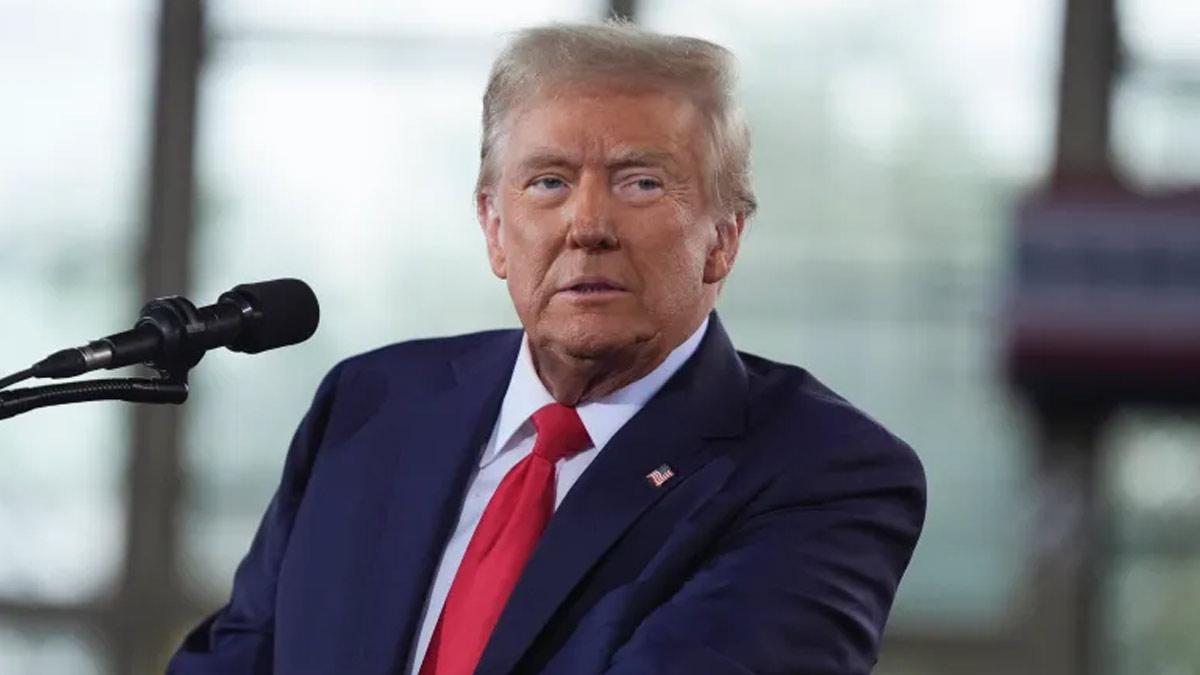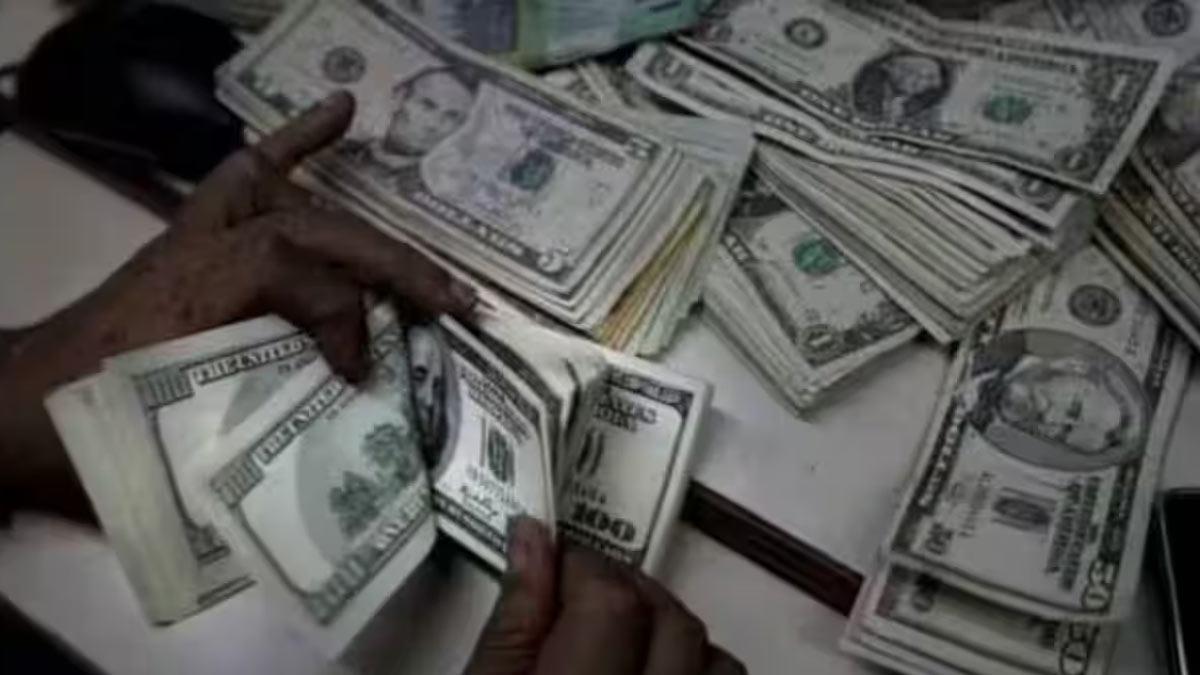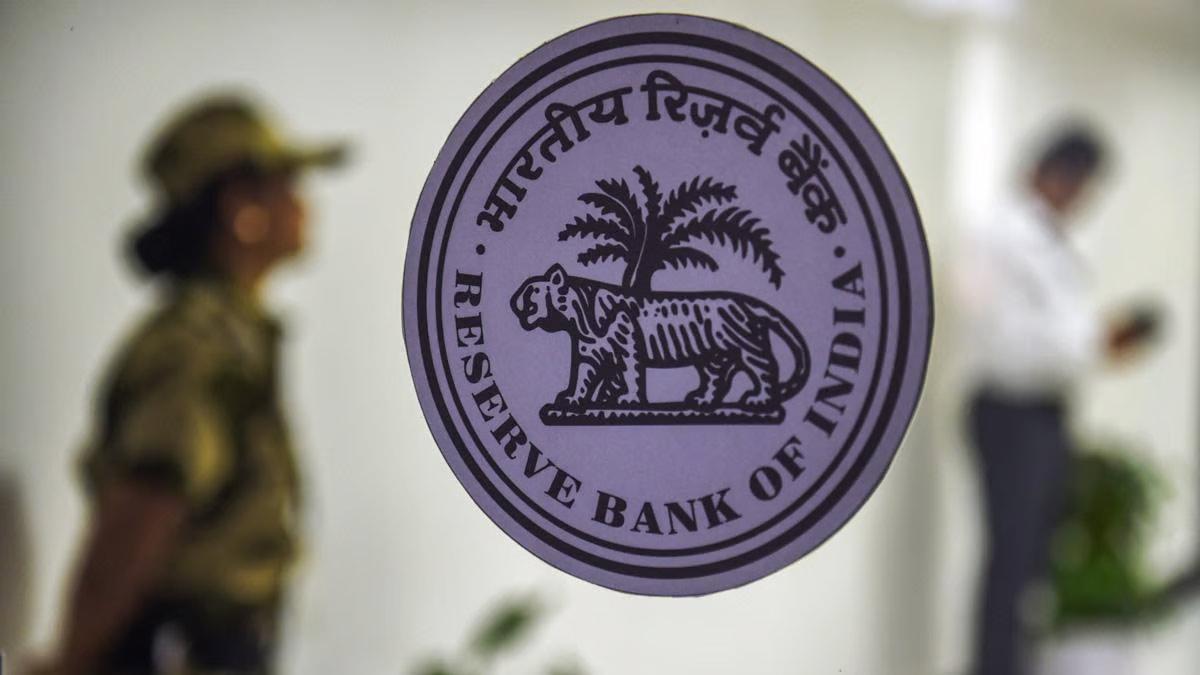On Thursday, US President Donald Trump indicated clearly that trading partners who do not reach an agreement with the United States by July 9 — when the present 90-day tariff reprieve ends — will again be slapped with tariffs at the original reciprocal rates.
For India, this would result in the revival of a 26 per cent duty, raised from the currently existing lower level of 10 per cent. Comparable adjustments must be made by other countries who decided to talk trade with Washington instead of adding retaliatory taxes to American shipments. A key case in point is China, which is faced with a prohibitive 125 per cent tax from the US at present.
If we can't get the deal we want to get, or we need to get, or that's, you know, good for both of us — just have to be good for both of us — then we go back where we were," Trump said in a live-broadcast news conference after a cabinet meeting.
"Go back to the numbers," he said.
When asked whether the 90-day pause could be extended, Trump replied, “We’ll have to see what happens at that time.”
The initial tariff suspension — lowering duties to 10 per cent — was granted to over 75 trading partners, including India, who chose to initiate negotiations with the US rather than respond with their own levies. India, in particular, is currently in discussions for a Bilateral Trade Agreement.
China is the only major exception to the reversal of tariffs on a temporary basis. In response to Beijing's 84 per cent tariff on US goods, the Trump administration has raised the US duty on Chinese imports to 125 per cent.
These changes were legally implemented by way of an executive order signed Wednesday night. Earlier in the day, Trump had hinted at the move on Truth Social, in the wake of increased market volatility due to tariffs uncertainty. The news saw strong markets rebounding, with the Nasdaq climbing to a two-decade peak.
Questioned regarding the abrupt direction shift, Trump said to journalists, "I figured that people were jumping a little bit out of line. They were getting yippie, you know, they were getting a little bit… a little bit scared."
"You have to be flexible," he went on when questioned about his decision-making.
While the President had earlier highlighted the "reciprocal" tone of the tariffs, senior members of his administration had insisted that the rates were final and non-negotiable. Trump, however, suggested that he personally decided to shift course on Wednesday morning.
In his message on Truth Social, the President had penned, "Based upon the lack of respect China has showed to the World's Markets, I am hereby increasing the Tariff imposed on China by the United States of America to 125 per cent, effective immediately."
He went on, "In contrast, and in light of the fact that over 75 Nations have invited Representatives of the United States, including the USTR, Department of Commerce, and the Department of the Treasury, to negotiate an answer to the topics being addressed in relation to Trade, Trade Barriers, Tariffs, Currency Manipulation, and Non-Monetary Tariffs, and that these Nations have not, at my strong recommendation, retaliated in any way, shape, or form against the United States, I have given authorization for a 90 day PAUSE, and a significantly reduced Reciprocal Tariff for a period of 90 days, of 10 percent, effective immediately.
Read also| India Bucks Global Trend with Double-Digit Growth in Office Rentals: Report
Read also| FIIs and DIIs Infuse Over $5 Billion into Indian Equities in March, Turning Net Buyers


















